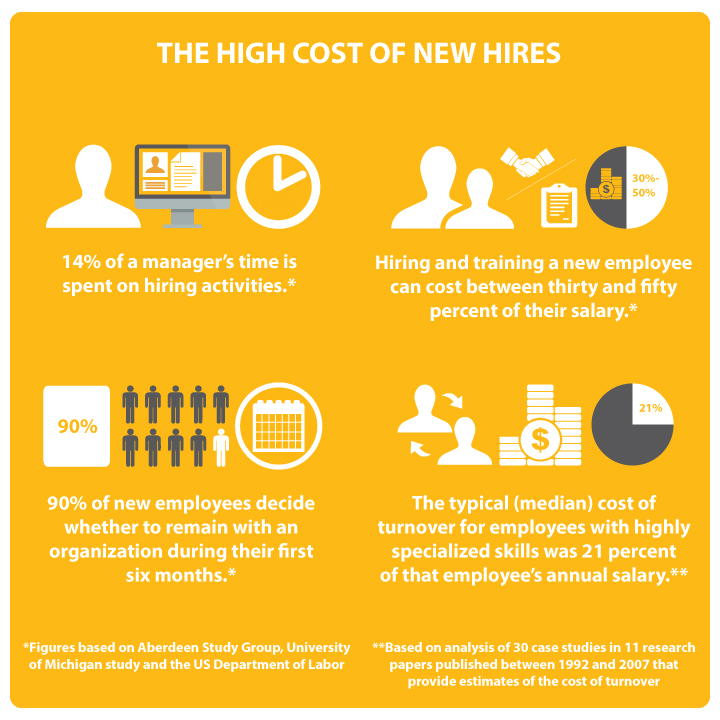
Outsourcing Software Development Benefits for Australia
In today’s competitive market, businesses must remain agile and innovative to stay ahead of the curve. One of the most effective ways to maintain a competitive edge is by outsourcing software development. About 80% of Australian companies and 78% of global businesses have adopted this strategy, recognising the numerous advantages it offers. However, with various options available both locally and internationally, deciding where and how to outsource can be a big task. This blog will explore the key reasons for outsourcing, important considerations for choosing a partner, potential pitfalls, and how to foster successful long-term relationships with software development outsourcing providers.
Why Outsource Software Development?
Outsourcing software development is a practical decision for businesses aiming to optimise resources and access specialised expertise. Here are some reasons why outsourcing could be the right choice:
- Cost Efficiency: Outsourcing enables businesses to save on operational costs by accessing a global talent pool. Rather than spending time and resources on hiring, training, and maintaining in-house developers, companies can outsource specific projects to external teams. This reduces overheads related to recruitment, salaries, infrastructure, and training while ensuring high-quality results. Companies in the United States save 70%-90% in labour costs.
- Focus on Core Competencies: By outsourcing non-core tasks, businesses can focus on their primary strengths and growth areas. Software development, while essential, might not be the core skill of a business. Outsourcing allows companies to continue driving innovation and growth without the distraction of managing complex development tasks internally.
- Access to Global Talent: One of the major advantages of outsourcing is the ability to tap into global expertise. Whether you choose to work with local or international providers, outsourcing offers access to a diverse range of skills and specialisations that might not be readily available in your domestic market. This is particularly beneficial for niche projects requiring expertise in specific technologies or platforms.
- Faster Time to Market: Outsourcing can significantly accelerate your project’s timeline. Established outsourcing companies have tried-and-tested processes that ensure swift and efficient delivery. By leveraging these companies’ experience and expertise, your business can reduce development time, which in turn leads to faster product launches and a competitive edge in the marketplace.

Software Outsourcing: Local vs International
When considering outsourcing, one of the critical decisions businesses must make is whether to work with local or international providers. Both options have their merits, and the choice ultimately depends on your company’s specific needs.
Local Outsourcing (Onshore):
Outsourcing to a local company means collaborating with developers who understand your market, speak the same language, and share a similar time zone. This can simplify communication and project management. Additionally, local providers tend to have a better understanding of Australian regulations and customer preferences, which can be crucial when developing market-specific solutions.
The main downside of local outsourcing is that it tends to be more expensive compared to offshore options. Labour costs in Australia are higher than in many countries, which may reduce the cost-efficiency of local outsourcing. However, an outsourcing partner with efficient processes may, in fact, be the most cost-effective choice, even if their hourly rates are higher. For instance, WorkingMouse demonstrates this efficiency using Codebots, which can generate up to 92.68% of a software’s target behaviours.
By combining the power of Codebots with refined business methodologies (our Way of Working), you can rely on a more productive and successful partnership with WorkingMouse. Codebots, our platform engineering tool, enables software teams by providing reusable tools and capabilities through model-driven engineering, enhancing both productivity and quality.
International Outsourcing (Offshore or Nearshore):
Offshoring provides access to a vast pool of talent at a lower cost. Countries such as India, Vietnam, and the Philippines have become popular destinations for Australian businesses seeking cost-effective software development services. Offshore outsourcing can lead to significant savings while maintaining high standards of quality, especially if the provider has a proven track record in the industry.
However, there are challenges with offshore outsourcing, such as time zone differences, potential language barriers, and varying work cultures. These issues can complicate communication and project management, though many companies successfully navigate them by working with experienced outsourcing partners who have processes in place to mitigate these risks.
Red Flags to Watch For When Outsourcing
While outsourcing offers many advantages, it’s essential to be aware of potential risks. Knowing the warning signs of a poor outsourcing partner can save your business from costly mistakes. Here are five red flags to watch out for:
Lack of Transparency:
A reputable outsourcing company will be upfront about their processes, costs, and timelines. If your potential partner is evasive or
unclear, it may indicate future problems with accountability or hidden costs.
Limited Portfolio or Case Studies:
An experienced outsourcing company will have a solid portfolio and case studies that demonstrate
their expertise. If they can't provide examples of previous work or client testimonials, it may be a sign that they lack the necessary
experience.
No Clear Communication Channels:
Effective communication is crucial to the success of any outsourcing relationship. If the company doesn’t provide clear points of contact or
establish regular communication processes, this could lead to misunderstandings and project delays.
Inflexibility with Contracts:
Outsourcing agreements should be flexible enough to accommodate changes in project scope or requirements. If a company is unwilling to adapt
to changing needs, it may cause friction as the project evolves.
Overpromising Without Evidence:
Some outsourcing providers may promise quick delivery times or excessive cost savings. While these may sound appealing, unrealistic promises
without evidence to back them up should raise concerns about the quality and reliability of the provider.
Building a Successful Outsourcing Relationship
For outsourcing to be successful, it requires more than just finding the right partner. It’s essential to establish a strong working relationship with your outsourcing provider to ensure that your goals are aligned, and that communication is effective throughout the project.
Here are some key strategies for building a successful outsourcing relationship:
Set Clear Expectations:
From the beginning, clearly define the scope, timeline, and objectives of the project. This will ensure that both parties are on the same
page and prevent any misunderstandings.
Regular Communication:
Maintain frequent and open lines of communication with your outsourcing team. Regular check-ins and progress updates are crucial for keeping
the project on track and addressing any issues promptly.
Mutual Trust and Respect:
A successful outsourcing relationship is built on trust and respect. Treat your outsourcing partner as an extension of your in-house team
and foster a collaborative environment where feedback is valued, and concerns are addressed openly.
Continuous Monitoring and Feedback:
While it’s essential to trust your outsourcing partner, continuous monitoring is necessary to ensure that the project is progressing as
expected. Provide constructive feedback regularly to keep the project aligned with your goals.
Cultural Alignment:
If you are outsourcing offshore, make an effort to understand the work culture of your outsourcing partner. Bridging cultural differences
can lead to smoother collaboration and minimise potential conflicts.
Conclusion
Outsourcing software development offers businesses a range of benefits, from cost savings to faster time to market and access to specialised expertise. However, it’s essential to weigh the pros and cons of onshore versus offshore outsourcing and to carefully vet potential partners to avoid common pitfalls. By treating your outsourcing company as a partner and maintaining clear, regular communication, you can maximise the success of your software development projects.
For Australian businesses, onshore outsourcing remains an attractive option, particularly when quality, communication, and legal protection are priorities. Whichever route you choose, outsourcing can be a powerful tool in driving innovation and efficiency in today’s fast-paced digital world.




.png)











